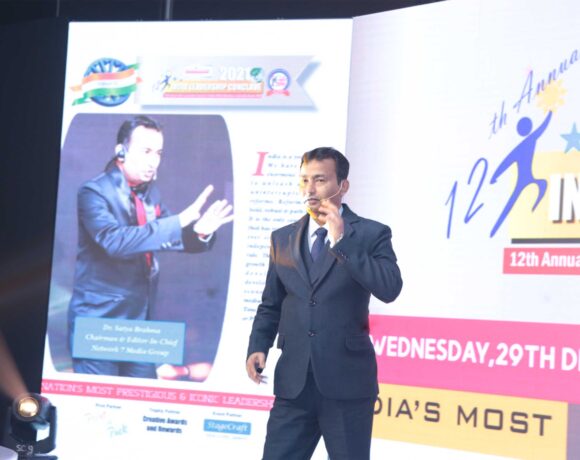

Gender inequality may have reduced the country’s economic growth, poor infrastructure, corruption, antiquated labor laws – may become easier to tackle than pervasive gender inequality
Imagine a country where the most powerful political figure, two billionaires ,three of the most dominant regional politicians, several prominent CEOs, andhalf of local government representatives are women. Now imagine that, in that same country, one-third of adult women are illiterate, spousal rape is not illegal, and sex-selective abortion and female infanticide are still widely practiced.
It may be hard to reconcile these two realities, but modern India somehow manages to be, at the same time, the land of Indira Gandhi and Mother Theresa and of child brides and dowry deaths.
There are, of course, strong normative and humanitarian reasons to guarantee full gender equality and sufficient legal protection for women in India, as elsewhere. But the economic and political consequences – the material costs – of gender discrimination are often overlooked.
Women thus constitute just a quarter of India’s 473 million strong workforce, although as the journalist Rupa Subramanya notes, that does not count the substantial, if immeasurable, contributions they make in the domestic realm. True parity in terms of employment – the addition of about 203 million women to the Indian workforce, given sufficient demand for such labor – would boost the economy by roughly $900 billion, assuming consistent levels of productivity. Under those circumstances, India’s average annual growth over the past decade could have been 11.6 percent instead of 7.7 percent. Women’s inequality may, in other words, have cost India’s economy almost 4 percent of annual growth over the past 10 years.

The consequences have been immense. Naturally, the most important result of a divergent outcome would have been the enormous social and economic benefits for over a half billion women. India’s evolution into a middle-income country could also have been more easily assured. Politically, this would also have granted India much more international leverage: it would have become a more attractive destination for global investment, and comparisons with China’s magnificent growth would perhaps have seemed less far-fetched.
Beyond cultural norms and the absence of mandated family planning, a few factors have contributed to India’s inability to increase women’s employment. While the country has made admirable gains in improving some aspects of welfare – life expectancy, for example, has risen dramatically – and may even beahead of the curve in terms of women’s political empowerment, education remains a challenge.
The ratio of female to male enrollment in primary education is effectively equal, and females constitute some 48 percent of secondary school students. However, in terms of higher education, the numbers diverge sharply: just 42 percent of Indian college students are female. Education, along with fertility, has a direct impact on changing cultural norms. Women are also disproportionally disadvantaged by a lack of opportunity in the manufacturing sector, with the vast majority still employed in agricultural pursuits. And India’s labor laws protect existing workers -primarily men – at the expense of aspiring ones, which include most women. Manish Sabharwal, an Indian human resource entrepreneur, says that this may explain why an estimated 97 percent of working women have jobs in the informal sector.
The government has taken some well-meaning, if controversial, steps to advance the positions of women, such as the recent decision to develop an all-women’s bank. But to really overcome gender inequality, India will require changes to its society that are more than cosmetic.
#AdvantageIndia
#IndiaLeadershipConclave2016
#Ilc2016
#IlcPowerBrand
#July1stWithSatyaBrahma


















